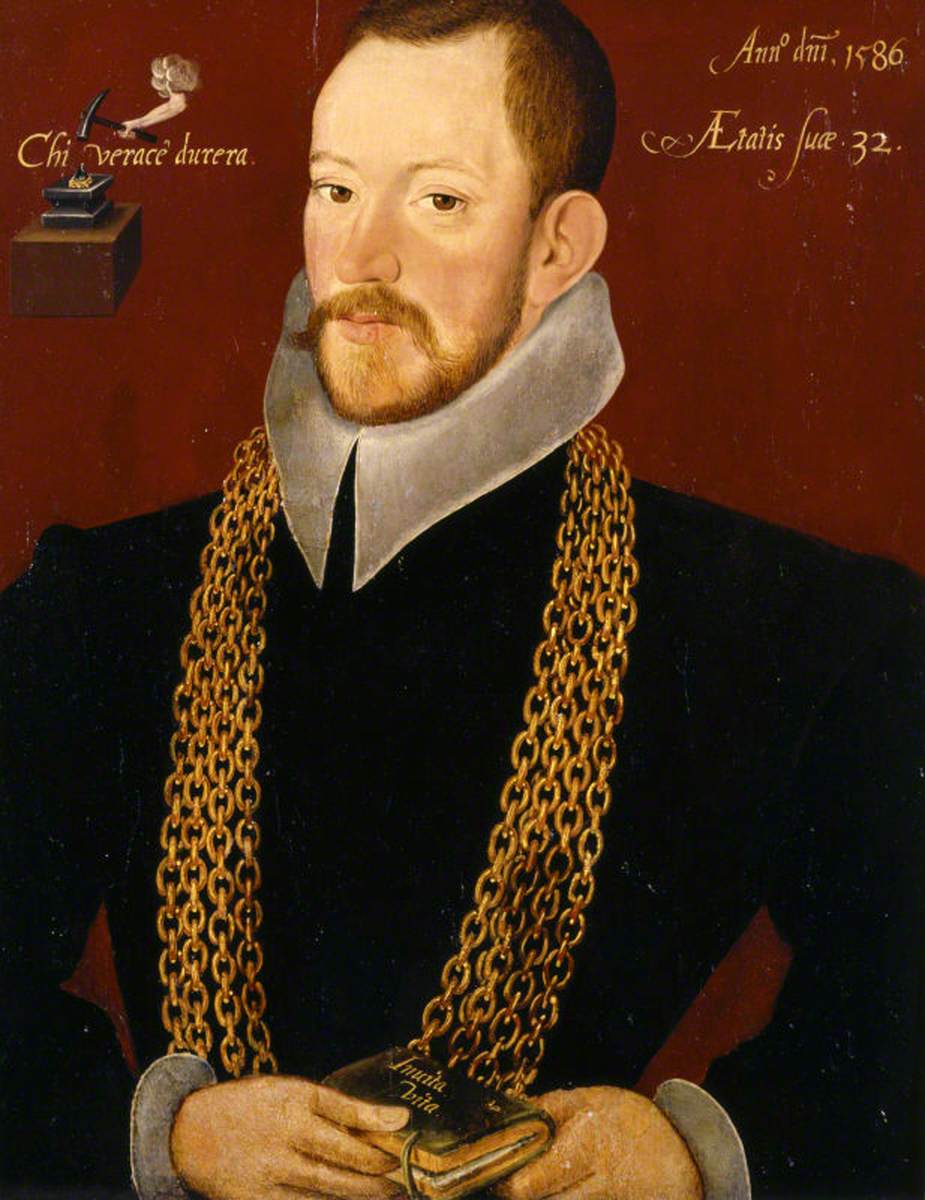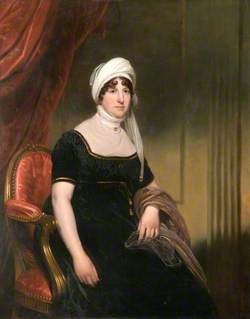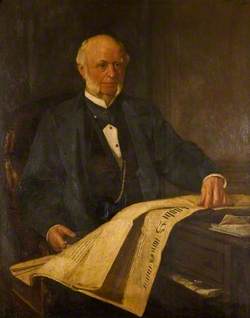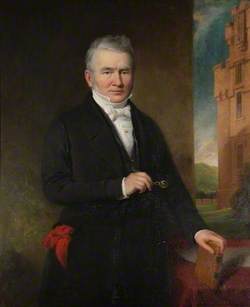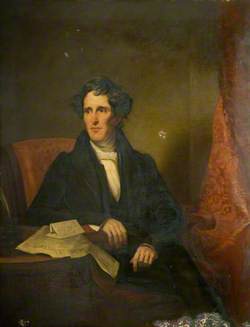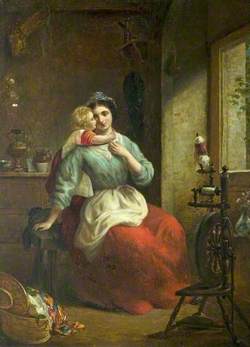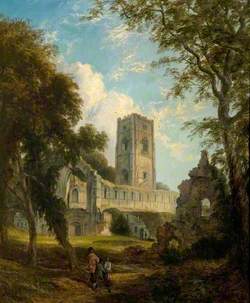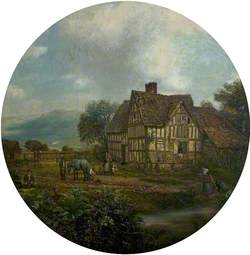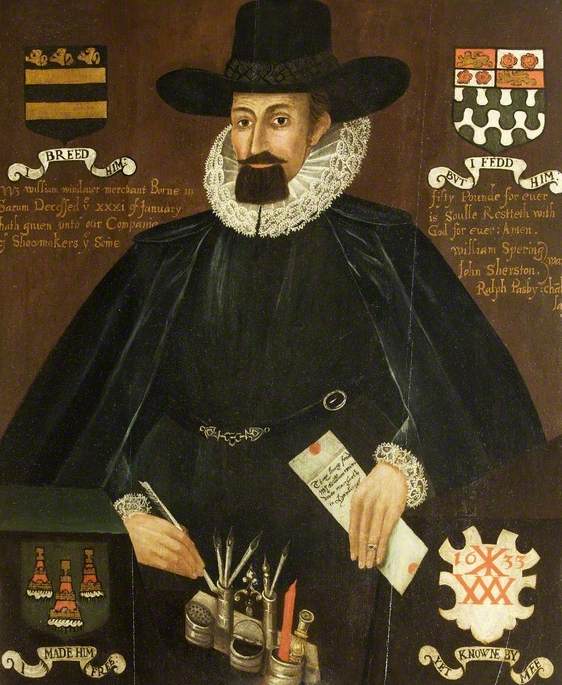How you can use this image
This image can be used for non-commercial research or private study purposes, and other UK exceptions to copyright permitted to users based in the United Kingdom under the Copyright, Designs and Patents Act 1988, as amended and revised. Any other type of use will need to be cleared with the rights holder(s).
Review the copyright credit lines that are located underneath the image, as these indicate who manages the copyright (©) within the artwork, and the photographic rights within the image.
The collection that owns the artwork may have more information on their own website about permitted uses and image licensing options.
Review our guidance pages which explain how you can reuse images, how to credit an image and how to find images in the public domain or with a Creative Commons licence available.
Notes
Add or edit a note on this artwork that only you can see. You can find notes again by going to the ‘Notes’ section of your account.
The sitter was the eldest son and heir of Thomas Carew (c.1527–1564), whose estate he inherited at the age of eight. He was sent to Oxford University where he was a contemporary of the antiquary William Camden and the poet-warrior Philip Sidney. In 1577 he married Juliana (1563–1629), daughter of John Arundell (d. 1580) of Trerice (a property in the care of the National Trust). Carew was a lawyer, a linguist (translating Tasso amongst others), as well a well-known beekeeper and keen fisherman. He is painted here in his chains of office as High Sheriff and Deputy-Lieutenant of Cornwall. The emblem at the top left shows a diamond on an anvil surviving the blows of a hammer, meaning: 'Who is truthful will endure'. His book is inscribed 'Invicta [mor] te vita' (Life in spite of death).
Title
Richard Carew (1555–1620), Aged 32, as High-Sherrif and Deputy-Lieutenant of Cornwall
Date
1586
Medium
oil on panel
Measurements
H 53.5 x W 43 cm
Accession number
352348
Acquisition method
on loan from the Trustees of Antony
Work type
Painting
